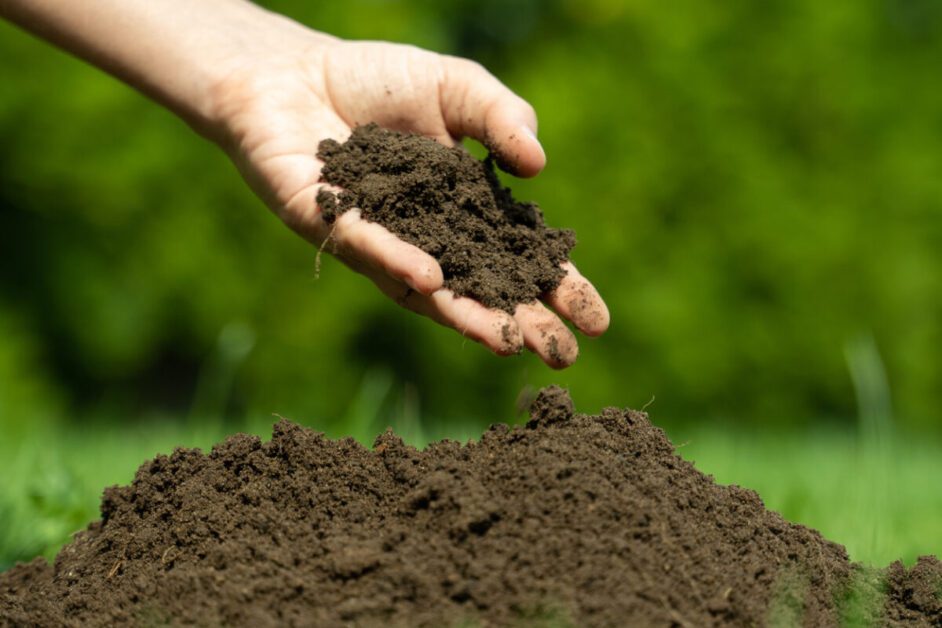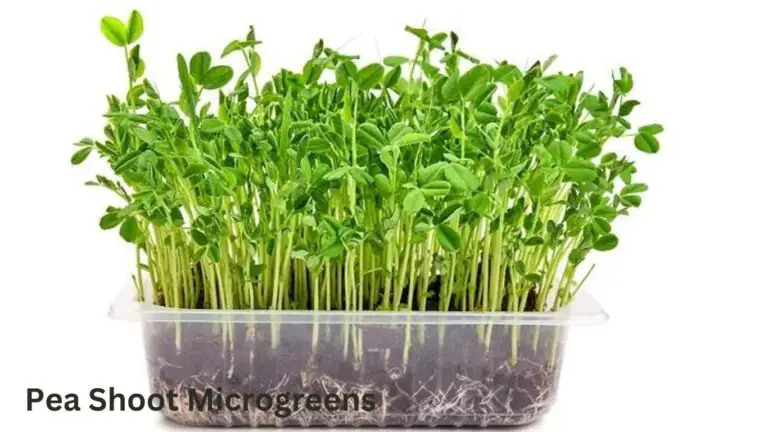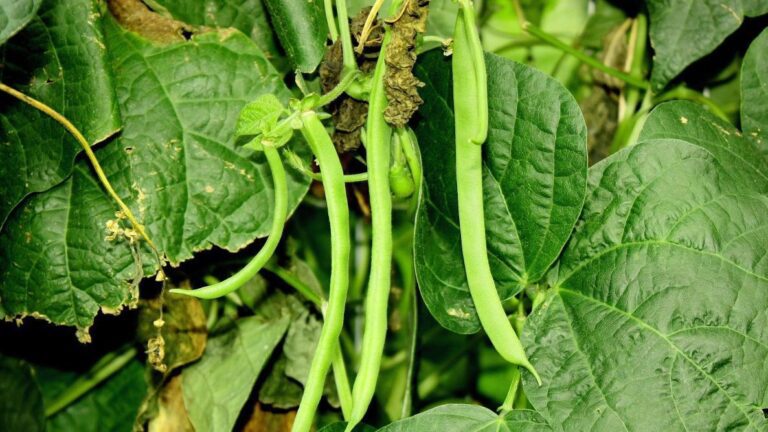Understanding Soil: A Comprehensive Introduction
Soil Composition
Soil composition refers to the combination of mineral particles, organic matter, water, and air within the soil matrix. The mineral component of soil is primarily made up of sand, silt, and clay particles, with varying proportions influencing the soil’s texture and structure. Additionally, soil organic matter, derived from decaying plant and animal residues, plays a crucial role in enhancing soil fertility and supporting microbial activity.
Apart from minerals and organic matter, the soil also contains water and air in the pore spaces between soil particles. The presence of water is essential for transporting nutrients to plant roots and facilitating various biochemical processes, while air provides oxygen necessary for root respiration. Understanding the delicate balance of these components in soil composition is fundamental for optimizing plant growth and soil health in gardening and agricultural practices.
Types of Soil
There are various types of soil classified based on their composition and properties. One common categorization is sandy soil, which is gritty and has large particles that allow for good drainage but can struggle to retain nutrients. In contrast, clay soil is composed of small, fine particles that hold water well but may become compacted easily. Another type is loamy soil, which is a balanced mixture of sand, silt, and clay, offering good drainage and nutrient retention, making it ideal for a wide range of plants.
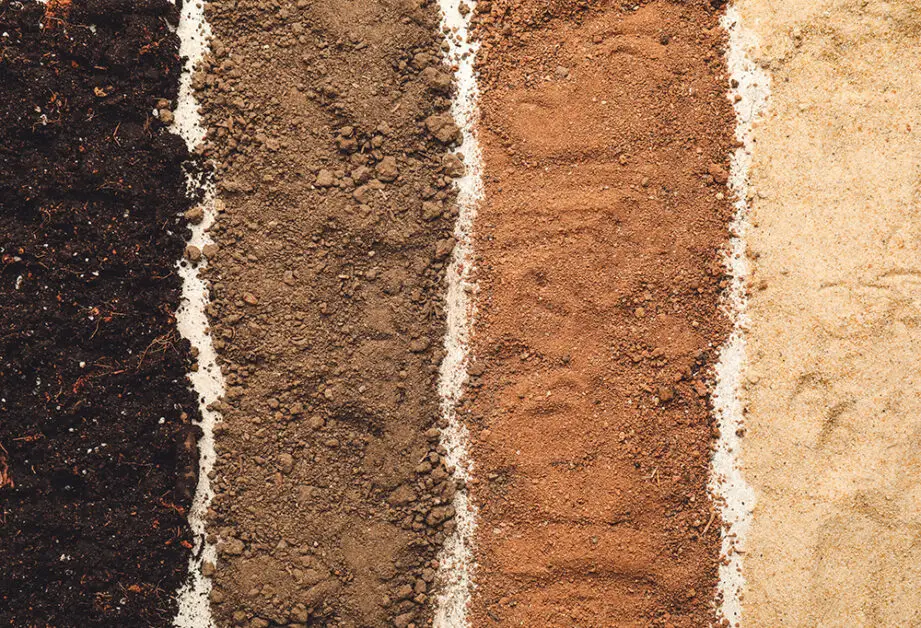
Additionally, peat soil is characterized by high organic matter content, acidic pH levels, and poor drainage due to its water-retaining properties. Sandy loam soil combines the benefits of both sandy and loamy soils, providing adequate drainage and nutrient retention. Lastly, silty soil contains fine particles and is fertile, holding moisture well but can be prone to compaction. Each type of soil has its unique characteristics that influence plant growth and health, making it essential for gardeners to understand and tailor their cultivation practices accordingly.
Soil Formation
Soil formation is a complex process that occurs over thousands of years, influenced by various factors such as climate, parent material, organisms, topography, and time. Weathering of rocks and minerals is a key contributor to the formation of soil, as physical, chemical, and biological processes break down solid bedrock into smaller particles, creating the basis for soil development.
As soil formation progresses, organic matter accumulates from decaying plant and animal residues, enriching the soil with nutrients essential for plant growth. This organic matter, along with microbial activity, further aids in the formation of soil structure, providing stability and porosity for root development and water infiltration. Over time, the interplay of these factors results in the diverse array of soil types found around the world, each with its unique characteristics and properties.
Soil Properties
Soil properties play a crucial role in determining the overall health and productivity of a garden or agricultural land. These properties encompass various characteristics such as soil texture, structure, pH levels, and nutrient content. Understanding these properties is essential for making informed decisions regarding soil management practices and optimizing plant growth.
Soil texture refers to the composition of mineral particles in the soil, classified into three main categories: sand, silt, and clay. The relative proportions of these particles determine the texture of the soil, influencing its drainage capabilities, water retention, and aeration. Additionally, soil structure relates to how these particles are arranged and aggregated, impacting root penetration, microbial activity, and overall soil fertility. By assessing and addressing these soil properties, gardeners and farmers can tailor their approach to soil management, leading to more successful and sustainable cultivation practices.
Soil Texture
Soil texture refers to the relative proportions of different particle sizes in the soil, specifically sand, silt, and clay. These three components determine the texture of the soil, influencing its water holding capacity, drainage, and fertility. Sandy soils have larger particles, offering good drainage but lower water retention. On the other hand, clay soils have tiny particles that hold water well but can be prone to waterlogging. Silt, being intermediate in size, combines characteristics of both sand and clay, creating a balanced soil structure.
Understanding the soil texture of your gardening area is essential for proper crop selection and management. Different plants thrive in specific soil textures, with some preferring sandy soils for good aeration and drainage, while others require clay soils for better water retention. By analyzing the soil texture, gardeners can make informed decisions about irrigation schedules, fertilizer application rates, and overall soil health maintenance to ensure optimal growing conditions for their plants.
Soil Structure
Soil structure refers to the arrangement of soil particles into aggregates or clumps. These aggregates can vary in size, shape, and stability, impacting the overall quality of the soil. Good soil structure is crucial for healthy plant growth as it influences aeration, water infiltration, root penetration, and nutrient availability. Soil organisms, such as earthworms and fungi, play a key role in creating and maintaining soil structure through their activities of burrowing, feeding, and excreting.
The formation of soil structure is influenced by several factors, including the composition of clay, silt, sand, and organic matter, as well as the presence of soil microorganisms. Clay particles tend to stick together, forming strong bonds that create stable aggregates, while sandy soils have larger, more loosely packed particles that result in poor soil structure. Organic matter acts as a binding agent, helping to hold soil particles together and improving overall soil structure. Adequate soil structure is essential for ensuring proper soil drainage, reducing erosion, and promoting healthy plant growth.
The table below shows the structure of soil:
| Soil Structure Component | Description |
|---|---|
| Sand | Consists of large particles with poor water and nutrient retention but excellent drainage. |
| Silt | Comprises medium-sized particles that hold water and nutrients moderately and have good drainage. |
| Clay | Made up of small particles with high water and nutrient retention but poor drainage and aeration. |
| Organic Matter | Composed of decomposed plant and animal materials, improving soil structure, fertility, and moisture. |
| Air Spaces | Gaps between soil particles that allow for air circulation, essential for root respiration and growth. |
| Soil Organisms | Microorganisms such as bacteria, fungi, and earthworms that contribute to soil structure and fertility. |
Soil pH
Soil pH plays a crucial role in determining the health and fertility of the soil. pH is a measure of the acidity or alkalinity of the soil on a scale from 0 to 14, with 7 being considered neutral. Most plants prefer a slightly acidic to neutral soil pH range for optimal growth and nutrient uptake. However, different plant species have varying pH preferences, so it is essential to understand the specific needs of the plants you are growing.
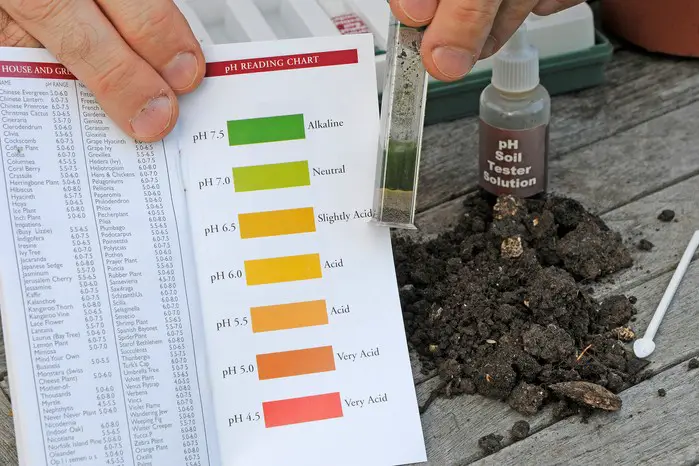
Soil pH affects the availability of nutrients in the soil. For example, at lower pH levels, certain essential nutrients like phosphorus, potassium, and calcium become less available to plants, leading to deficiencies. Conversely, at higher pH levels, micronutrients such as iron, manganese, and zinc may become less accessible. Therefore, maintaining the appropriate soil pH is critical for ensuring that plants receive the necessary nutrients for healthy growth and development.
Soil Nutrients
Nutrients are essential for the healthy growth of plants, playing a crucial role in their development and productivity. Soil provides a vital source of nutrients for plants, serving as a reservoir of essential elements such as nitrogen, phosphorus, and potassium. These macronutrients are required in relatively large amounts by plants to support their growth, flowering, and fruiting processes.
In addition to macronutrients, soil also contains micronutrients that are essential for plant health, albeit in smaller quantities. Micronutrients like iron, zinc, and manganese are necessary for various biochemical processes within plants, contributing to their overall vitality and resilience. Ensuring a balanced and sufficient supply of both macronutrients and micronutrients in the soil is crucial for optimizing plant growth and overall crop yield.
Soil Organisms
Soil organisms play a crucial role in maintaining the health and fertility of the soil. From microscopic bacteria and fungi to larger creatures like earthworms and insects, these organisms form a complex web of interactions that break down organic matter, recycle nutrients, and aerate the soil. Their activities enhance soil structure, improve water retention, and promote plant growth, contributing to a thriving and balanced ecosystem underground.
Various soil organisms have specific functions that benefit the soil and plants. For example, symbiotic mycorrhizal fungi form associations with plant roots, increasing the plants’ access to nutrients like phosphorus and improving their resistance to diseases. Earthworms burrow through the soil, creating channels that enhance aeration and drainage, while also breaking down dead plant material into rich organic matter. These interactions highlight the interconnected nature of soil ecosystems and the essential role that organisms play in sustaining soil health and productivity.
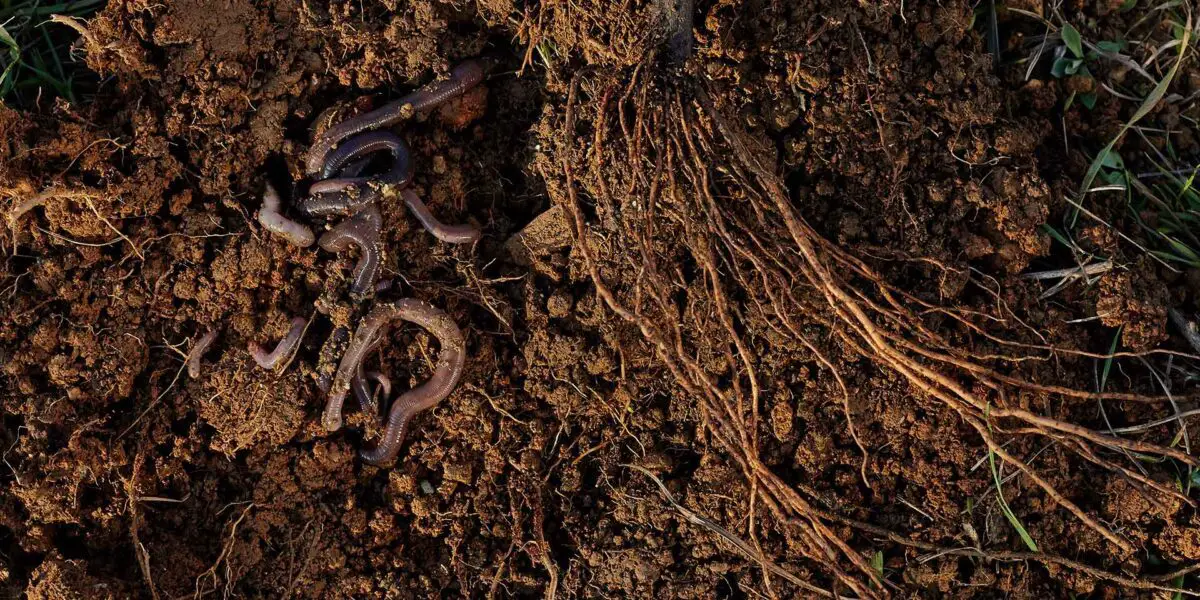
Soil Erosion
Soil erosion is a natural process that occurs when the top layer of soil is removed or displaced by various factors such as wind, water, or human activities. This phenomenon can have detrimental effects on agricultural productivity, water quality, and ecosystem health. In agricultural settings, soil erosion can lead to the loss of valuable nutrients, decreased soil fertility, and reduced crop yields. It can also result in sedimentation of water bodies, which can impact aquatic ecosystems and water quality.
Preventing soil erosion is crucial for maintaining sustainable land use practices and preserving the health of our ecosystems. Implementing erosion control measures such as contour plowing, terracing, and planting cover crops can help reduce the risk of soil erosion and improve soil conservation. By adopting sustainable land management practices and promoting soil health, we can mitigate the negative effects of soil erosion and protect our natural resources for future generations.
Soil Conservation
Soil conservation is a critical practice that aims to prevent soil degradation and promote sustainable land use. By implementing various soil conservation techniques, farmers and gardeners can maintain soil fertility, prevent erosion, and preserve the overall health of the soil ecosystem. One effective method of soil conservation is the implementation of cover crops, which help protect the soil from erosion, improve its structure, and enhance its nutrient content. Additionally, contour plowing and terracing are effective techniques for reducing soil erosion on sloped land, helping to preserve soil quality and prevent sediment runoff into water bodies.
Another important aspect of soil conservation is the promotion of organic farming practices, which minimize the use of synthetic chemicals and promote the natural balance of soil organisms. By reducing tillage and incorporating organic matter into the soil, organic farming helps improve soil structure, increase water retention, and enhance nutrient availability for plants. Moreover, incorporating agroforestry practices, such as planting trees alongside crops, can help improve soil fertility, provide habitat for beneficial organisms, and enhance overall ecosystem resilience. By adopting these and other soil conservation practices, farmers and gardeners can contribute to the long-term health and productivity of the soil.
Soil Testing
Soil testing is an essential practice for any gardener or farmer looking to optimize their soil’s health and productivity. By analyzing various parameters such as pH levels, nutrient content, and organic matter, soil testing provides valuable insights into the soil’s overall quality and identifies areas for improvement. This data-driven approach allows for tailored amendments and management strategies to ensure optimal growing conditions for plants.
Moreover, soil testing can also help prevent potential issues such as nutrient deficiencies or imbalances, as well as excessive salts or toxic elements that could hinder plant growth. By regularly testing the soil, growers can make informed decisions regarding fertilization, irrigation, and overall soil health maintenance, ultimately leading to healthier plants and improved yields.
There are different types of soil testing for keeping the soil healthy and these are given below as a chart:
| Soil Testing Parameter | Description |
|---|---|
| pH Level | Measures the acidity or alkalinity of the soil, affecting nutrient availability and plant growth. |
| Nutrient Levels | Determines the concentrations of essential nutrients such as nitrogen, phosphorus, potassium, calcium, magnesium, and micronutrients in the soil. |
| Organic Matter Content | Assesses the percentage of organic material in the soil, influencing soil structure, fertility, and moisture retention. |
| Texture | Identifies the relative proportions of sand, silt, and clay particles in the soil, affecting drainage, aeration, and water retention. |
| Cation Exchange Capacity (CEC) | Measures the soil’s ability to retain and exchange cations, impacting nutrient availability and soil fertility. |
| Soil Compaction | Evaluates the soil’s density and compaction level, which affects root growth, water infiltration, and nutrient uptake. |
| Soil Moisture | Measures the amount of water present in the soil, influencing plant growth, and irrigation scheduling. |
Soil Amendments
Soil amendments are crucial in enriching the soil with essential nutrients and improving its physical properties for optimal plant growth. Common organic amendments include compost, manure, and biochar, which enhance soil structure, water retention, and nutrient availability. Inorganic amendments like lime and gypsum can also adjust soil pH levels and improve nutrient uptake by plants. When selecting amendments, it is important to consider the specific needs of your plants and the existing soil conditions to achieve the best results.
Additionally, soil amendments play a significant role in promoting soil health and sustainability by supporting beneficial microbial activity and increasing overall fertility. Incorporating organic matter into the soil through amendments helps to maintain a balanced ecosystem, reduce erosion, and enhance plant resilience to diseases and pests. By carefully choosing and applying the right amendments, gardeners and farmers can create a nourishing environment for their crops while minimizing the negative impacts on the environment.
Soil Management
Proper soil management is essential for maintaining healthy and productive gardens. One crucial aspect of soil management is ensuring adequate soil fertility through the use of organic matter and soil amendments. Organic matter, such as compost and manure, enriches the soil with essential nutrients, improves soil structure, and promotes beneficial soil organisms that contribute to plant growth and health.
In addition to enriching the soil, proper watering and drainage practices are key components of effective soil management. Overwatering can lead to waterlogged soil, which deprives plant roots of oxygen and can promote root rot, while inadequate watering can result in plant stress and diminished growth. Ensuring adequate drainage, whether through natural slopes, raised beds, or installing drainage systems, helps prevent waterlogging and creates optimal conditions for plant root development.
Learn more about soil management by watching this video.
Soil Health
One crucial aspect of successful gardening lies in the soil health. The overall well-being of the soil in your garden or agricultural plot directly impacts the growth and vitality of your plants. Healthy soil is a dynamic ecosystem teeming with diverse organisms and rich in nutrients, providing the necessary foundation for robust plant growth.
Ensuring soil health involves maintaining a balance of physical, chemical, and biological properties within the soil. Adequate aeration, proper drainage, optimal pH levels, and a rich array of beneficial microorganisms are all vital components of a thriving soil ecosystem. By actively monitoring and enhancing soil health through sustainable practices like crop rotation, composting, and cover cropping, gardeners and farmers can boost crop yields, improve plant resilience, and contribute to long-term environmental sustainability.
What factors can affect soil health?
Factors such as soil composition, type, structure, pH, nutrient levels, presence of organisms, erosion, conservation practices, testing, amendments, and management can all impact soil health.
How does soil erosion affect soil health?
Soil erosion can lead to loss of topsoil, depletion of nutrients, reduced water holding capacity, and decreased soil fertility, all of which can have negative impacts on soil health.
What are some common soil conservation practices?
Common soil conservation practices include crop rotation, cover cropping, reduced tillage, contour plowing, terracing, and planting windbreaks or hedgerows.
Why is soil testing important for soil health?
Soil testing helps determine the nutrient levels, pH, and other properties of the soil, which can guide decisions on amendments and management practices to improve soil health.
What are some examples of soil amendments?
Soil amendments can include organic matter (such as compost or manure), lime, gypsum, sulfur, and various fertilizers to improve soil structure, pH, and nutrient levels.
How can soil management practices impact soil health?
Proper soil management practices, such as crop rotation, cover cropping, minimal tillage, and balanced nutrient applications, can improve soil health by maintaining fertility, structure, and biological activity.

